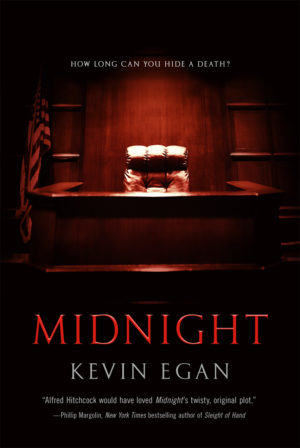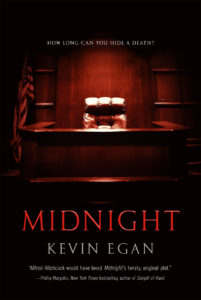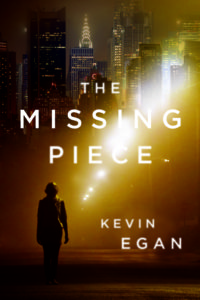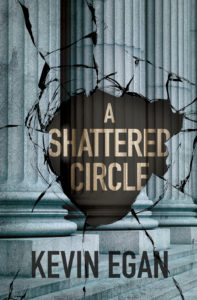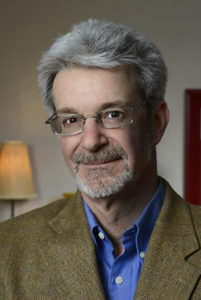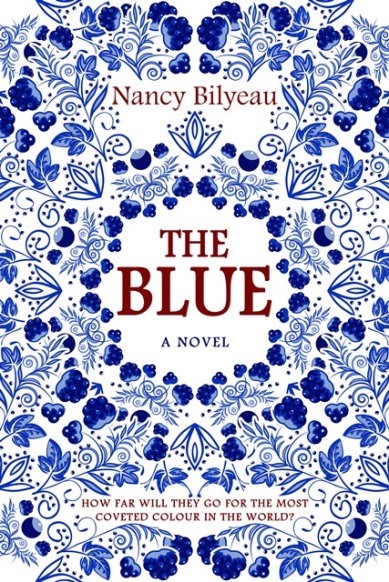
For this installment of Fiction Favorites and Awesome Authors, I welcome author Nancy Bilyeau to VBlog.
Nancy’s recent release, The Blue, is a novel of suspense set in the rivalrous art and porcelain worlds of 18th century Europe. The protagonist, Genevieve Planché, is an English-born descendant of Huguenot refugees, a young artist who resorts to extreme measures in her quest to follow her dream. Her journey follows an unpredictable path of intrigue, danger, crime, and romance. The characters we meet along the way have their own personal agendas, whether political, commercial, scientific, artistic, or romantic.
“We see blue everywhere in the natural world, in the sky and the sea and the lakes…but what do we really see? It’s ephemeral. A reflection of something else.” So explains the chemist who feverishly works to capture the most desirable shade of blue and successfully apply it to the decoration of porcelain. In the midst of the Seven Years’ War, England and France are in a race to develop this elusive formula for their lucrative porcelain industries.
The Blue is meticulously researched, bursting with colorful details that draw you into the story, from the wild boar hairs in Genevieve’s paint brushes to the dangers of mining cobalt ore deep in the mountains of Saxony. In the month since its release, much has been written about The Blue (see blog tour links, below). It was the Goodreads’ Recommended Choice for Historical Novel in December 2018 and a BookBub Editors’ Choice for New Releases.
No spoilers here! I will simply say that if you enjoy historical fiction, crime and suspense, romance, plot twists, interesting characters, or just a great story, The Blue is for you! And now, to give us some fascinating details behind the scenes, Nancy has graciously agreed to answer some of my burning questions.
Welcome to VBlog Nancy! I understand that you drew on your own Huguenot background in writing The Blue and named a character, Pierre Billiou, after an ancestor. Tell us a bit about your ancestry and the part it played in your inspiration for this work.
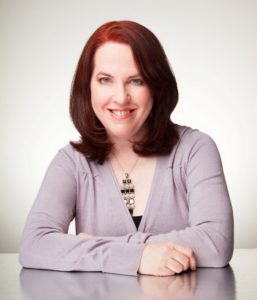 I named a character, Pierre Billiou, after my own ancestor, though it is not his life I am describing. I wanted to pay homage to my Huguenot background by using his name. The Pierre in my novel fled France for England as a young child after Louis XIV took action against the Protestants in his kingdom in 1685—it’s called the Revocation of the Edict of Nantes. Basically, the King was canceling the measures of tolerance for Protestants. He wanted France to be One King, One Faith. Pierre and his family settled in Spitalfields, in London. My book takes place in England and France, so I needed to make these changes.
I named a character, Pierre Billiou, after my own ancestor, though it is not his life I am describing. I wanted to pay homage to my Huguenot background by using his name. The Pierre in my novel fled France for England as a young child after Louis XIV took action against the Protestants in his kingdom in 1685—it’s called the Revocation of the Edict of Nantes. Basically, the King was canceling the measures of tolerance for Protestants. He wanted France to be One King, One Faith. Pierre and his family settled in Spitalfields, in London. My book takes place in England and France, so I needed to make these changes.
Now the real Pierre Billiou, not the one in my book but the one I am descended from, left Europe even earlier. France was not too welcoming to Protestants even before Louis XIV took such an action, and there were a great many Huguenot immigrants coming to America. They gathered in New York, South Carolina, and Virginia. Pierre immigrated to New Amsterdam (now New York City) in 1661. One of his children was born on the boat crossing the Atlantic—I am actually descended from that son. I have two kids, and I can’t imagine giving birth on a boat crossing the Atlantic in the 1660s! I’m very curious about what life was like in all ways for him. What I know is that he built a stone house on Staten Island—it’s still standing today and is on the National Register—and he was involved in colonial government. But when the English sailed into the harbor, they took over. Changed the name of the city and demoted the Dutch and the Huguenots who were running things.
I was able to research Huguenot lives, beliefs, and values—which I was already interested in—while working on this novel, which gave it an extra level for me.
Some writers begin with the creation of character, letting the characters guide them to the story, other writers begin with the creation of plot. How would you describe your writing process for this novel?
I didn’t come up with my main character, Genevieve Planché, and then create a story for her. I came up with the idea of a spy story set in the porcelain world of the 18th century and then I figured out some specifics that led me to the characters. First, where is the story going to take place? I decided to make it about the rivalry between France and England that was so intense during the entire century (and longer!), extending into the porcelain business, so the story would begin in England. What kind of spy did I want to write about? Once I read that Huguenots and their creativity and artistry were essential in several English porcelain factories, Genevieve took shape in my mind. As for Sir Gabriel Courtenay, the “master spy,” he is based on research I did about espionage of the time—can’t say more because of spoilers. But espionage during this time is fascinating—and largely undiscovered country to readers today. I find with historical fiction you can’t come up with fully developed characters until you know your period well, otherwise they might not be grounded in reality. For me to say, I’ll write a brilliant police detective in the 1750s, pretty quickly I would run into the fact that the Bow Street Runners, the forerunners of the British police force, were in very early stages then. You have to avoid a modern mindset in character creation.
The Blue has wonderful passages about the creation and importance of art, and you’ve dedicated the novel to your father, “who loved art so very much.” Tell us about the place of art in your life.
My father from a young age loved art and wanted to paint. He came from the opposite of an artistic family. My grandfather moved his family from Tennessee to Detroit, Michigan, in desperation for work during the Depression. He got a job at Henry Ford that he was proud of. He thought the fact that my father wanted to be an artist meant he wasn’t manly and he was abusive about it. My father enlisted in the US Navy in World War II in its final months as soon as he turned 18. When he returned to Detroit, he went to art school on the GI Bill. He worked as a commercial artist in Illinois and Michigan to support his family, but he had an art studio in our basement and I have many memories of his painting watercolor landscapes down there. He sold his watercolors at art fairs, principally the Ann Arbor Art Fair, and a few Midwest galleries. I used to help out during the Ann Arbor Art Fair; he had a booth on Main Street. Those were long days! But it was a happy exhaustion. So for me, art was the heart and soul of my father, and I was part of that through watching him and helping him a bit. I understood that it was a calling for him that he almost couldn’t control. He always wanted to create. I absorbed the struggle to succeed as an artist and the intense competition and classism. A Michigan factory worker’s son is not going to have an easy path into the art world.
I am not an artist myself, but I am an avid museum goer; I love to look at great art.
In reading the novel, I felt Genevieve’s pain and frustration at the roadblocks to her aspirations as an artist. In your research of 18th century female artists, did the story of any single artist serve as inspiration for your character Genevieve?
I probably drew on some of my own frustration over roadblocks in success as a writer as well as watching my father struggle. He wanted to be acknowledged as a fine artist but he wasn’t treated as one or reviewed as one in his lifetime. His work did sell fairly well, and is still selling on eBay. I read an interesting analysis of his technique online that went with one of these paintings that I think would have made him happy.
I researched a few women artists who had to overcome the disapproval of their being artists in the 18th century because of their gender. I found the life of Élisabeth Vigée-Lebrun enlightening in several ways. She was successful in the late 18th century and is famous for her portraits of Marie Antoinette. When she was in her teen years, she was painting professionally in France and her studio was actually seized for her practicing without a license! After that she married a painter and he helped her; that was a way for women to surmount the obstacles. She made use of family connections too. Once Marie Antoinette decided to give her commissions, she was obviously set. But what is interesting is that I went to an exhibit of Élisabeth Vigée-Lebrun at the Metropolitan Museum of Art and while admiring her body of work I thought some of the faces lacked expressiveness. Here’s the problem: In the 18th century, to be a great artist you needed talent and drive but you also had to have intense training. In my novel, Genevieve realizes she needs to work as an apprentice; she is clear-eyed about the technique she must master to reach a desired level. Her inability to find someone to teach her is what sets her on a certain risky path.
Masterfully woven into your story of riveting suspense are several thematic elements relevant to mid-18th century Europe, including political intrigue, industry and the economy, the roles of gender and social class, and the interplay of art and science. Did you set out to incorporate all these elements into your story?
I didn’t explicitly do that, no. But by being drawn to spying and politics and art and science when they were at this exciting juncture in the 18th century, these other issues naturally come out of that. And I am always drawn to social class in my novels, I think. After four books, I clearly can’t stay away!
I’m very heartened by the readers who like the fact that my novel delves into these areas. I’ve been criticized for it in the past. One industry professional said, “You’d have a much easier time if you’d write romances about dukes and pirates.”
Well, Nancy, I’d say that The Blue has far more to give than a romance about dukes and pirates! I so enjoyed it and look forward to reading whatever you have in store for us next.
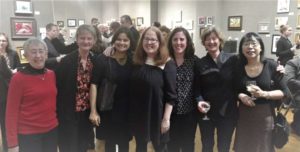
I’m with Nancy and writer friends at Mystery Writers of America, NY chapter, holiday party
Dear Readers,
Historical Fiction Virtual Blog Tours is hosting a Giveaway of The Blue. Click here to enter by January 18. Visit the blogs on the tour schedule, listed below.
Nancy is also the author of three, very well-received novels in a Tudor mystery series, The Crown, The Chalice, and The Tapestry. Discover all her books on Goodreads and Amazon.
Blog Tour Schedule
Wednesday, January 9
Review at A Bookish Affair
Thursday, January 10
Review at 100 Pages a Day
Friday, January 11
Review at Passages to the Past
Saturday, January 12
Interview at Passages to the Past
Sunday, January 13
Interview at V.S. Kemanis
Monday, January 14
Review at Let Them Read Books
Tuesday, January 15
Review at Historical Fiction with Spirit
Wednesday, January 16
Excerpt at Umut Reviews
Thursday, January 17
Review at Reading the Past
Friday, January 18
Review at Tar Heel Reader
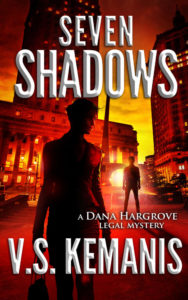
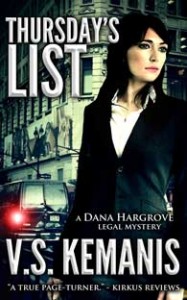
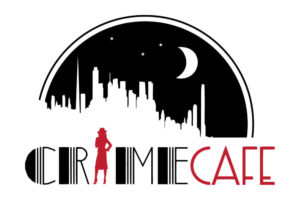


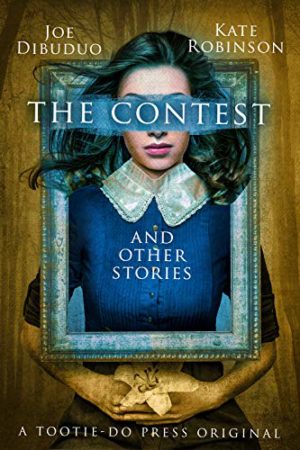
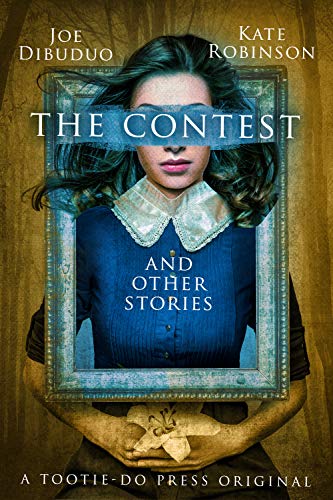

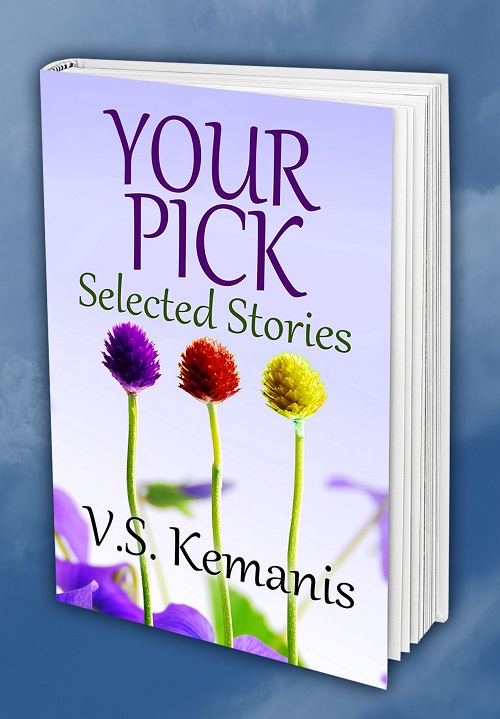

 I named a character, Pierre Billiou, after my own ancestor, though it is not his life I am describing. I wanted to pay homage to my Huguenot background by using his name. The Pierre in my novel fled France for England as a young child after Louis XIV took action against the Protestants in his kingdom in 1685—it’s called the Revocation of the Edict of Nantes. Basically, the King was canceling the measures of tolerance for Protestants. He wanted France to be One King, One Faith. Pierre and his family settled in Spitalfields, in London. My book takes place in England and France, so I needed to make these changes.
I named a character, Pierre Billiou, after my own ancestor, though it is not his life I am describing. I wanted to pay homage to my Huguenot background by using his name. The Pierre in my novel fled France for England as a young child after Louis XIV took action against the Protestants in his kingdom in 1685—it’s called the Revocation of the Edict of Nantes. Basically, the King was canceling the measures of tolerance for Protestants. He wanted France to be One King, One Faith. Pierre and his family settled in Spitalfields, in London. My book takes place in England and France, so I needed to make these changes.
